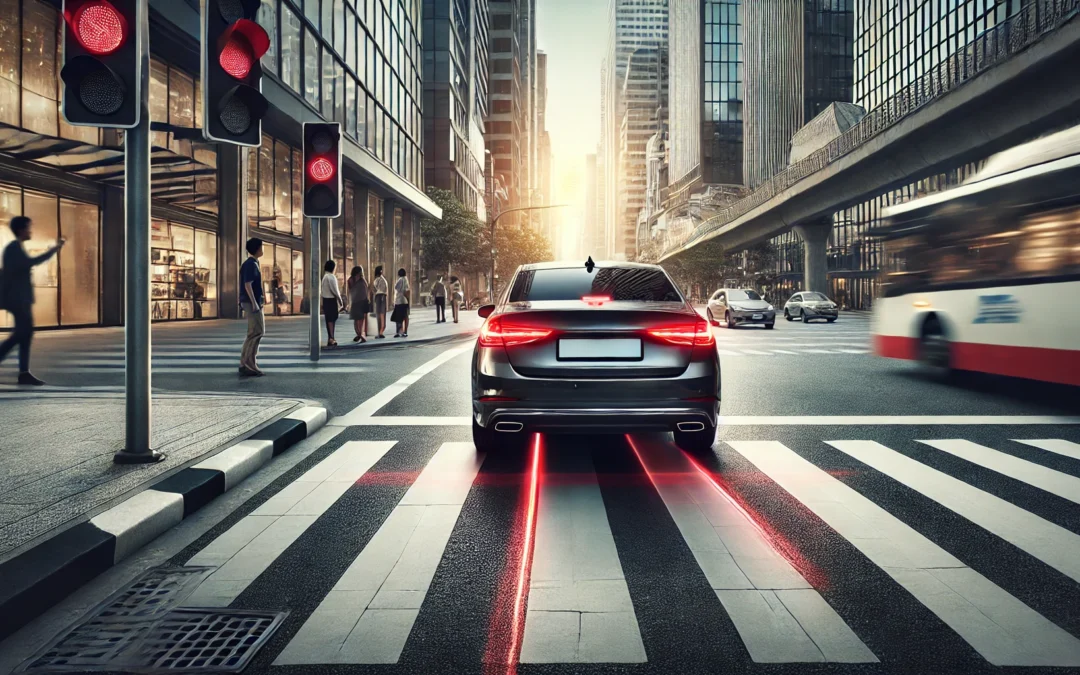Braking: Essential Techniques for Safe Driving
Braking is a crucial part of driving, and knowing when and how to brake properly can make the difference between avoiding a collision and being involved in one. Whether you’re slowing down to a stoplight, navigating through heavy traffic, or reacting to an emergency, proper braking technique is key to safe driving. This article explores the principles of braking and offers tips for different situations.
Types of Braking Techniques
-
Smooth Braking for Routine Stops When approaching a stop sign or light, it’s best to brake gradually:
- Take your foot off the accelerator well before you intend to stop. This allows the vehicle to begin slowing down naturally.
- Press the brake pedal lightly at first, then gradually increase pressure until the car comes to a complete stop. This prevents jerky movements and ensures the comfort of passengers.
- If stopping behind another vehicle, leave enough space to see their rear wheels touching the ground. This extra distance can prevent rear-end collisions and provides space for a safety maneuver if needed.
-
Braking at a Limit Line A limit line marks where vehicles should stop at intersections. When stopping, ensure your car stays behind this line:
- Do not cross over the limit line, as this can endanger pedestrians and violate traffic laws.
- If there is no limit line, stop before entering the intersection.
Handling Emergency Braking
In an emergency situation, your goal is to stop as quickly as possible without losing control. Here’s how to brake safely in emergencies:
- Anti-lock Braking System (ABS): If your vehicle is equipped with ABS, apply firm pressure to the brake pedal and do not pump the brakes. ABS prevents wheel lock-up, allowing you to steer while braking.
- Without ABS: For older vehicles without ABS, gently pump the brakes instead of applying constant pressure. This helps avoid skidding.
Braking in Special Conditions
-
Wet or Slippery Roads On wet, icy, or snowy roads, braking distances increase, so it’s important to:
- Slow down earlier than usual.
- Increase the distance between your car and the vehicle in front to allow more stopping time.
- Avoid sudden stops, as they can cause skidding.
-
Downhill Braking When driving downhill, gravity increases your vehicle’s speed, so:
- Shift to a lower gear to use engine braking instead of relying solely on the brake pedal.
- Press the brake pedal intermittently to prevent overheating and brake fade.
Conclusion
Braking safely is more than just pressing the pedal—it’s about awareness and control. By mastering smooth braking techniques, adapting to road conditions, and understanding your vehicle’s braking system, you can significantly reduce the risk of accidents. Remember, driving isn’t just about speed; knowing how to stop is equally important.






Recent Comments